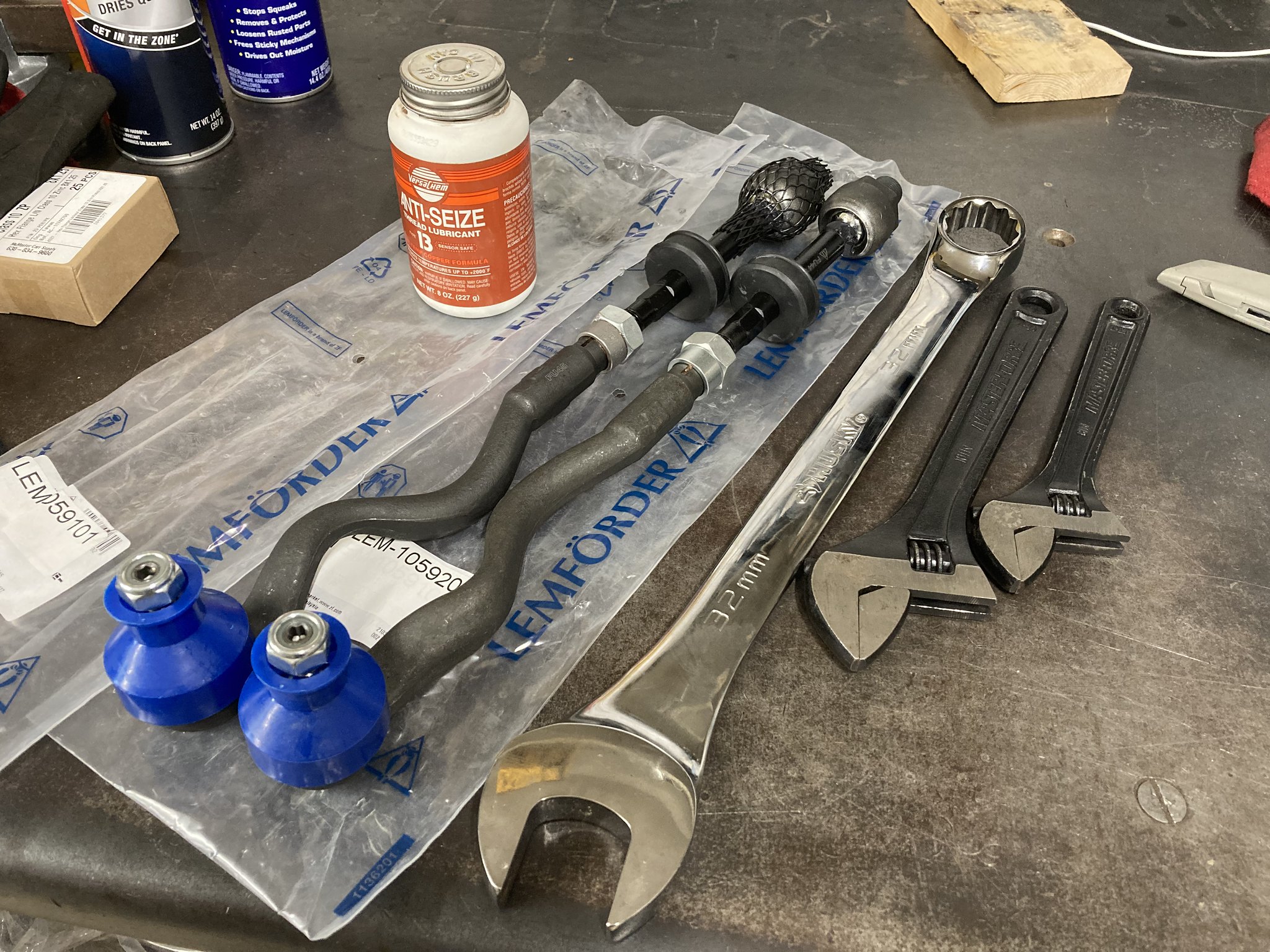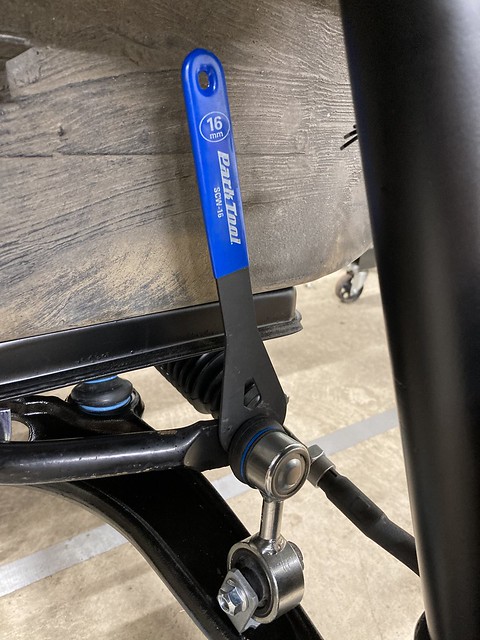mjweimer Thanks for the info, as always! I’m definitely wanting to run floor mats. Good to hear there’s an OEM option! I thought the CocoMats looked good but daaaang... $$$ I was also told E90 mats might fit?
And yes, very satisfying and rewarding work. Bringing as many of these old parts back to a condition where they can be enjoyed and appreciated for many more years to come is quite fulfilling. I’m anti-waste anyway, but as an engineer I think about how much effort was put into designing and making things in the first place and if it takes just a bit of patience & effort to make it live on, I’m all in! Just goes to show how long a car can last with care.
And yes, very satisfying and rewarding work. Bringing as many of these old parts back to a condition where they can be enjoyed and appreciated for many more years to come is quite fulfilling. I’m anti-waste anyway, but as an engineer I think about how much effort was put into designing and making things in the first place and if it takes just a bit of patience & effort to make it live on, I’m all in! Just goes to show how long a car can last with care.


















































































Comment